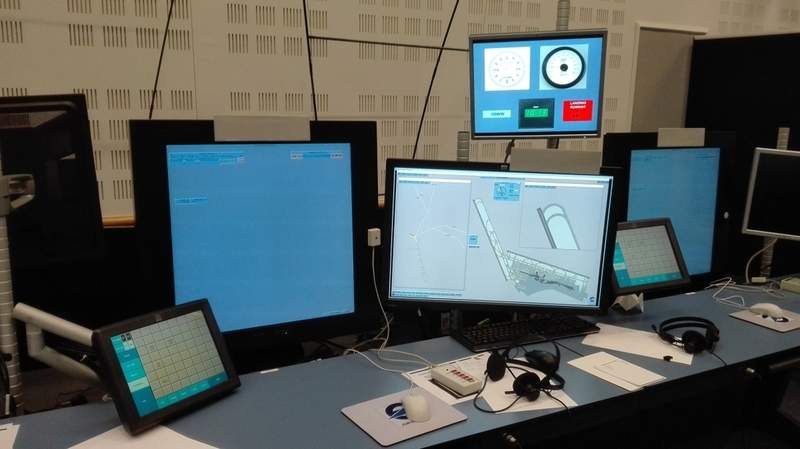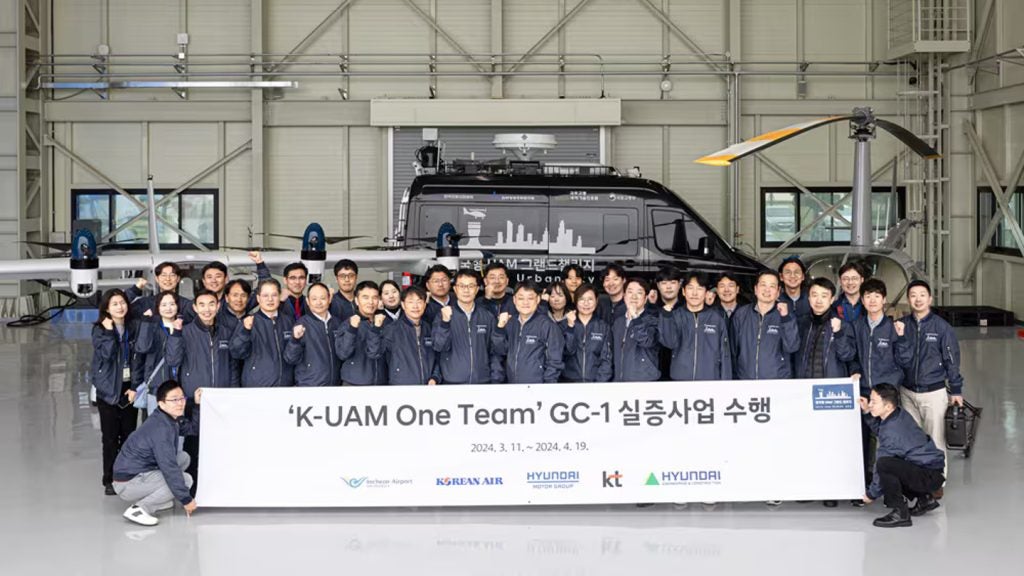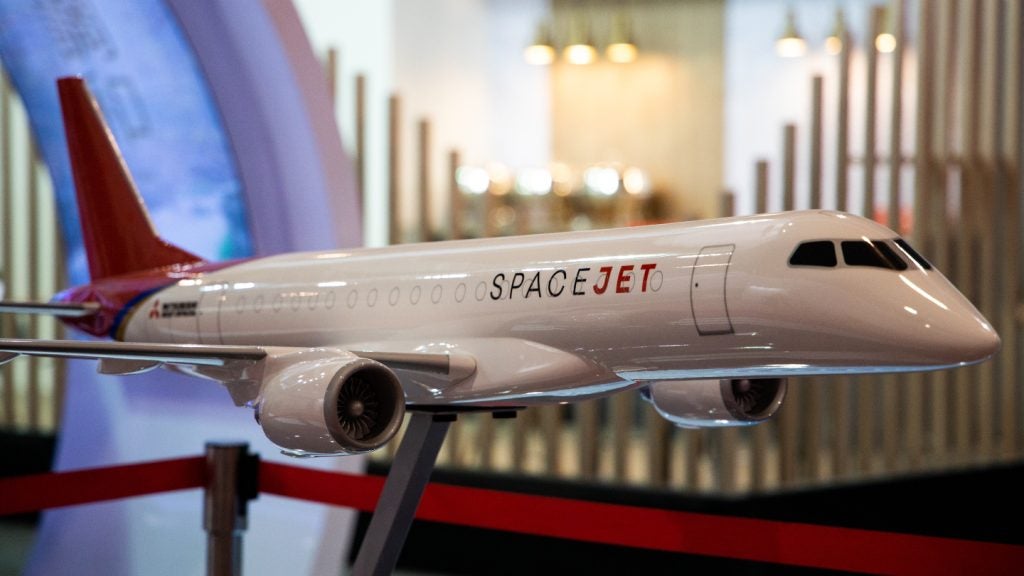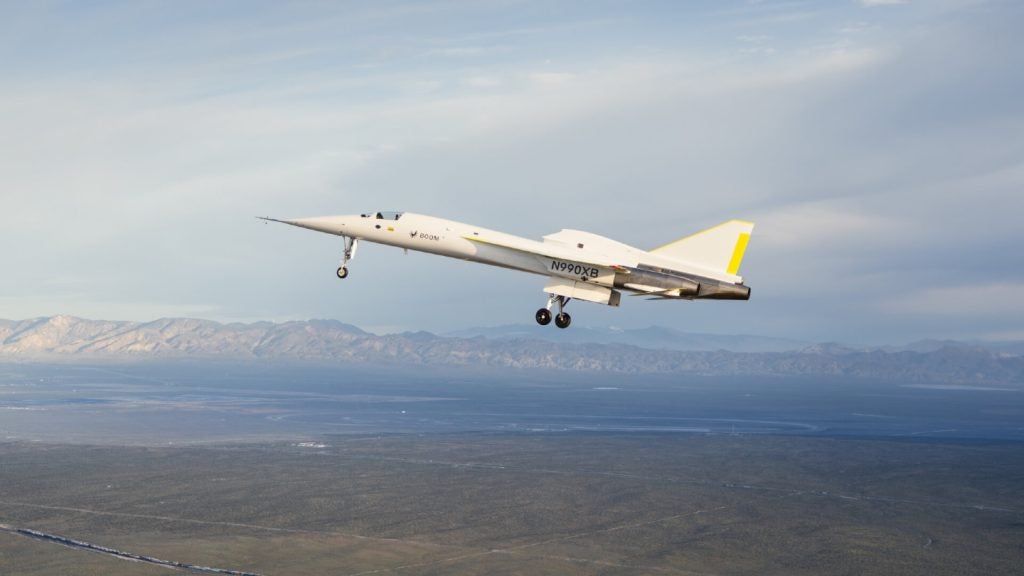
The real-time simulation was carried out using an optimal runway delivery tool (ORD) with representatives from the SJU IAA, Thales, NAVIAR, and LFV participating.
Croatia Control, NATS, DSNA and DFS were also involved in observing the briefings and exercises.
Under mixed-mode runway operations, the simulation combined the time-based separation (TBS) solution with the European Wake Vortex Re-categorisation (RECAT-EU) pairwise separations.
The wake re-categorisation standards can be used with TBS and are expected to be agreed by EASA this year.
The simulation is part of Eurocontrol’s Leading Optimised Runway Delivery (LORD) activities in support of the SESAR 2020 Research Project, Increased Runway and Airport Throughput (EARTH).
AustroControl senior TBS expert Günther Borek said: “The TBS pairwise separation minima are the logical next step for us after the introduction of RECAT. Eurocontrol’s LORD concept changes the work of final approach controllers during arrival peaks as well as during mixed mode single runway operations significantly to the better.”
How well do you really know your competitors?
Access the most comprehensive Company Profiles on the market, powered by GlobalData. Save hours of research. Gain competitive edge.

Thank you!
Your download email will arrive shortly
Not ready to buy yet? Download a free sample
We are confident about the unique quality of our Company Profiles. However, we want you to make the most beneficial decision for your business, so we offer a free sample that you can download by submitting the below form
By GlobalData“Using LORD with the RECAT-EU pairwise separation minima reduces controller workload and increases runway throughput.
“From all we saw during multiple real-time simulations at Eurocontrol’s Experimental Centre in Brétigny, controllers easily adapted to the new working methods and they are looking forward to seeing the tool becoming operational.”
Eurocontrol believes that the solution which is undergoing trials will result in runway output benefits of 8% to 15%.
SESAR joint undertaking ATM expert Olivia Nunez said: “It is implemented in a very intelligent and streamlined way, so that the radar screen is not cluttered, despite the additional information.”







